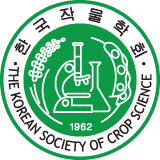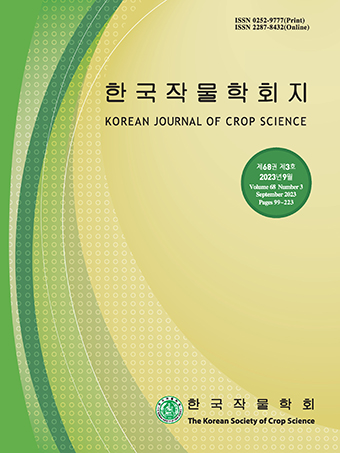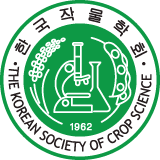Original Research Article
Abstract
References
Information
Gutierrez-Gonzalez, J. J., X. Wu, J. Zhang, J. D. Lee, M. Ellersieck, J. G. Shannon, O. Yu, H. T. Nguyen, and D. A. Sleper. 2009. Genetic control of soybean seed isoflavone content: importance of statistical model and epistasis in complex traits. Theor. Appl. Genet. 119 : 1069-1083.
10.1007/s00122-009-1109-z19626310PMC2755750Meng, S., J. He, T. Zhao, G. Xing, Y. Li, S. Yang, J. Lu, Y. Wang, and J. Gai. 2016. Detecting the QTL-allele system of seed isoflavone content in Chinese soybean landrace population for optimal cross design and gene system exploration. Theor. Appl. Genet. 129 : 1557-1576.
10.1007/s00122-016-2724-027189002Tsukamoto, C., S. Shimada, K. Ijta, S. Kudou, M. Kokubun, K. Okubo, and K. Kitamura. 1995. Factors affecting isoflavone content in soybean seed: Changes in isoflavons, saponins and composition of fatty acids at different temperatures during seed development. J. Agri. Food Chem. 43 : 1184-1192.
10.1021/jf00053a012- Publisher :The Korean Society of Crop Science
- Publisher(Ko) :한국작물학회
- Journal Title :The Korean Journal of Crop Science
- Journal Title(Ko) :한국작물학회지
- Volume : 64
- No :2
- Pages :89-101
- Received Date : 2019-04-23
- Revised Date : 2019-06-10
- Accepted Date : 2019-06-18
- DOI :https://doi.org/10.7740/kjcs.2019.64.2.089




 The Korean Journal of Crop Science
The Korean Journal of Crop Science








